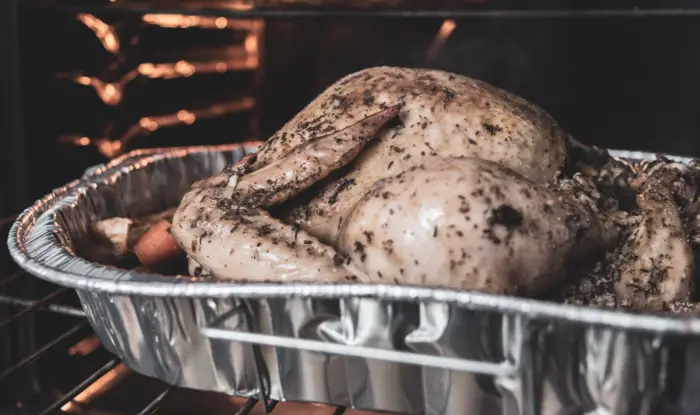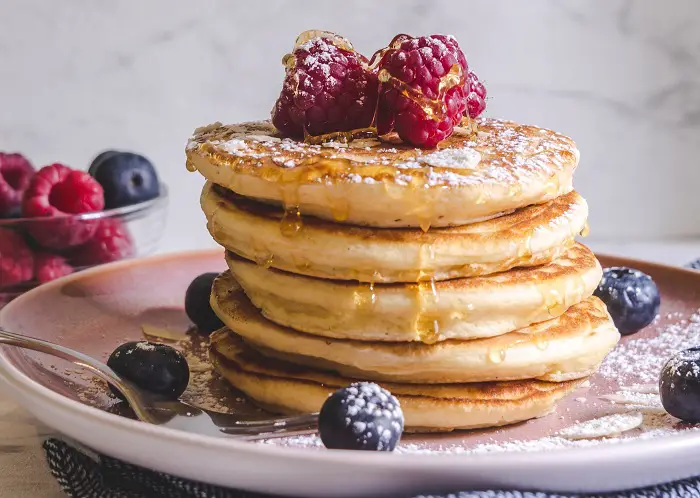Roasting a whole chicken sounds simple enough, but it’s frustrating when it comes out of the oven feeling like sandpaper. You’ve tried everything—basting, brining, injecting, butter galore—and yet, the end result is still disappointingly dry. Here’s what might be happening and a few tricks that might finally help you get that juicy, tender chicken.
1. You Might Be Overcooking It
When chicken gets dry, overcooking is usually the main culprit. Even if you’re sticking to a recipe, oven temperatures can be deceiving, and chicken is especially sensitive.
- Check Your Oven: Ovens often run hotter or cooler than they claim. An oven thermometer can help you find the real temperature and adjust accordingly.
- Use a Meat Thermometer: Instead of going by time alone, check the chicken’s internal temperature. Stick the thermometer in the thickest part of the thigh, aiming for around 165°F. Going too far past this point means moisture starts escaping, which is why it feels so dry.
2. Different Parts of the Bird Need Different Temperatures
Chicken breast and thighs don’t actually cook best at the same temperature. The white meat (breast) tends to dry out faster than the dark meat (thighs and drumsticks).
- For Juicier Breast Meat: Take the breast to about 155-160°F and let it rest—the carryover heat will bring it up to a safe 165°F.
- For Tender Dark Meat: Thighs and drumsticks do better at a slightly higher temperature, around 180°F. Dark meat has more fat and connective tissue, so it stays juicy at higher temps, which helps avoid the dreaded dryness.
3. The Power of Resting
It’s tempting to dig in right away, especially when the smell’s filling up the kitchen, but resting the chicken is critical. Let it sit for 10-15 minutes before carving so the juices can redistribute. Skipping this step is a big reason why even well-cooked chicken can taste dry.
4. Experiment with Roasting Techniques
A few adjustments in how you roast can help balance out cooking between the parts of the chicken:
- Try Breast Side Down: Roasting breast-side down lets the juices from the dark meat flow into the breast as it cooks, which can help it stay moist.
- Butterflying the Chicken: Cutting the backbone out and flattening the chicken (spatchcocking) helps it cook more evenly, so the breast and thighs finish at the same time. It takes some practice but is well worth it for even cooking.
5. Invest in a Probe Thermometer
A probe thermometer that stays in the chicken while it roasts is a game-changer. With this tool, you don’t need to open the oven door to check the temp constantly—just set it to alert you when it reaches your target temp.
6. Play with Temperature and Cooking Time
Some people have luck roasting low and slow at around 325°F. Others prefer starting at a moderate 375°F and finishing at 425°F for the last 10-15 minutes to crisp up the skin. Finding what works best for your oven and taste preferences is half the battle, but once you nail it, you’ll never go back.
Roasting a whole chicken is definitely a bit of an art. But if you keep an eye on your temps, give the chicken time to rest, and experiment with different cooking techniques, you’ll be on your way to juicy, tender, and perfectly roasted chicken every time. Happy roasting!



